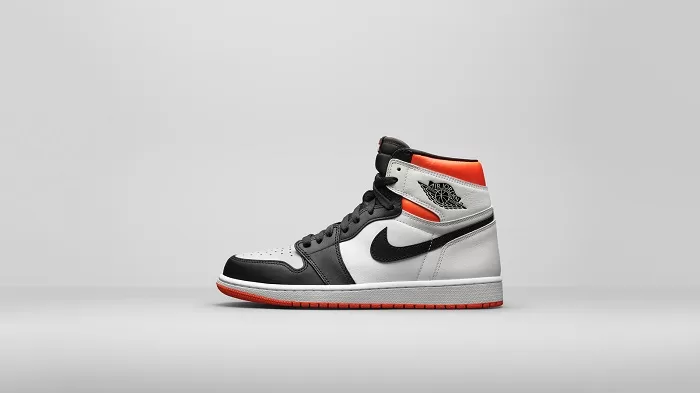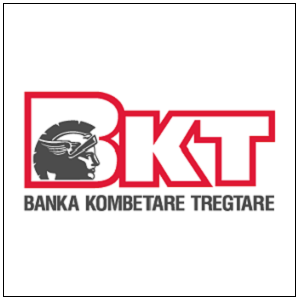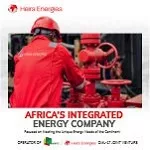Lifestyle
Will Your Next Pair of Nike Be More Expensive?

- Nike may pass higher import tariffs on trainers, including the iconic Air Jordan 1.
- Analysts are predicting that the cost increase could be shifted to U.S. consumers, who already face economic challenges incessantly.
Not just a sneaker bottom, the Nike Air Jordan 1 is an arc in cultural history. In 1984, basketball great Michael Jordan was the first name deserving of these exceptional feats. It is one of the most easily recognisable shoes in the world. Because these shoes originate in America and are labelled under the United States, the most basic and bulk of these shoes are made in Asia.
Tariffs Put Pressure on Nike’s Global Supply Chain
Nike, America’s largest sports shoe manufacturer, outsources nearly all of its production to countries like Vietnam, Indonesia, and China, which will face steep tariffs imposed by President Donald Trump on April 3, 2025. These taxes may lower Nike’s profits by driving up costs, requiring the company to either absorb losses or raise prices. When the tariffs were announced on April 2, Nike’s shares fell 14% the next day, indicating investor fears about how taxes may affect the company’s cost structure and perhaps reduce its consumer base.
Are Nike Lovers About to Pay through the Nose?
Now, would Nike up the asking price of your next Air Jordans? The question boils down to the share of those higher costs swallowed by the multinational conglomerate—and how long the tariffs last.
But markets could push for a price hike. UBS, the Swiss bank, indicates a likely 10-12% hike in ‘Viet cost’ (due to Nike’s shoe production in Vietnam), while little manufacturing backup is likely with China and Indonesia taking up most of the company’s sportswear production.
“Our view is that, given how extensive the list of tariffs is, the industry will realise there are few ways to mitigate the impact in the medium term other than by raising prices,” UBS analyst Jay Sole said in a note
Morningstar’s David Swartz is equally sceptical. He proclaims in the crowded sportswear market, it is quite likely for Nike to hold back on increasing prices or even factor in the full increase in production costs. “This is a very competitive industry. My guess is that it would be difficult for Nike to raise prices by much more than 10-15%. I don’t think it could offset most of the tariff,” he says.
A Squeeze on Profits
The profit margins of Nike are stressed up to the tipping point, resembling a head-on collision. In the fiscal year 2024, the company recorded revenues of $51 billion; about 55% of this amount went to production costs and related expenses leading to a healthy gross profit margin of 40%. However, it gets reduced once the other operations costs are added. Further, when we factor in interest and taxes, Nike’s profit margin will shrink to about 11%.
Can Nike Cut Costs Without Compromising Style?
For its future renditions, Nike may weigh lowering costs. According to in-house designers, the company should aim to use more budget-friendly materials, such as the usage of inexpensive injection-moulded EVA (ethylene-vinyl acetate) over the premium midsole foams and construction. A longer product design cycle could be another path to lay hands on profitability, with products changed maybe once every three to four years. This, in turn, will provide more time to Nike, minimising the rush on R&D and production endeavours.
Can Manufacturing Return to the US?
Trump’s tariff policy is partly aimed at encouraging more companies to make their products in the US, but the operation of the footwear business is tricky.
Sheng Lu, a professor of fashion and apparel studies at the University of Delaware, claimed that he does not see Nike, or other companies, significantly reshaping its supply chain any time soon “due to the complexity involved in footwear manufacturing”.
That includes the time needed to “consider a long list of factors when deciding where to source their products – quality, costs, speed to market and various social and environmental compliance risks”.
Matt Powers from the Powers Advisory Group says the lack of American textile mills will make it “difficult and expensive [for Nike] to pivot production back to the US”.
Mr Powers added: “This transition, if pursued, would take years and require significant investment.”
Implications for Shoppers
The immediate object of interest now is the time period the tariffs would last for and whether companies like Nike have the capability to absorb them without adding on the cost to consumers.
Nike is heavily dependent on the American clientele, with its North American sales expressing approximately $21.5 billion of the total revenue. Any slip in confidence, particularly if people begin thinking twice about spending more on sneakers, could be a real blow.
Retail analyst with BMO Capital Markets, Simeon Siegel, points out that most companies were looking at Wednesday’s announcement as “still far from the final conclusion.”
“I don’t think that many people believe that those numbers are etched in stone just yet,” he says.
Even before the announcement, Nike was facing a dip in sales with restrictions to command full prices for its shoes. So will it pass the cost of the levies on to consumers. Based on what Professor Lu said “Nike is very likely to raise prices if the tariff war persists. There is no way for brands to absorb a 30% to 50% increase in sourcing costs.”
He adds: “How US trading partners react against the reciprocal tariff policy will also have a major impact.”
We are yet to know the full impact of the tariffs for Nike and other brands; however, if trade tensions escalate, consumers will inevitably feel the pinch — a development industry watchers are closely anticipating as brands reassess pricing, production, and market strategies.


















































